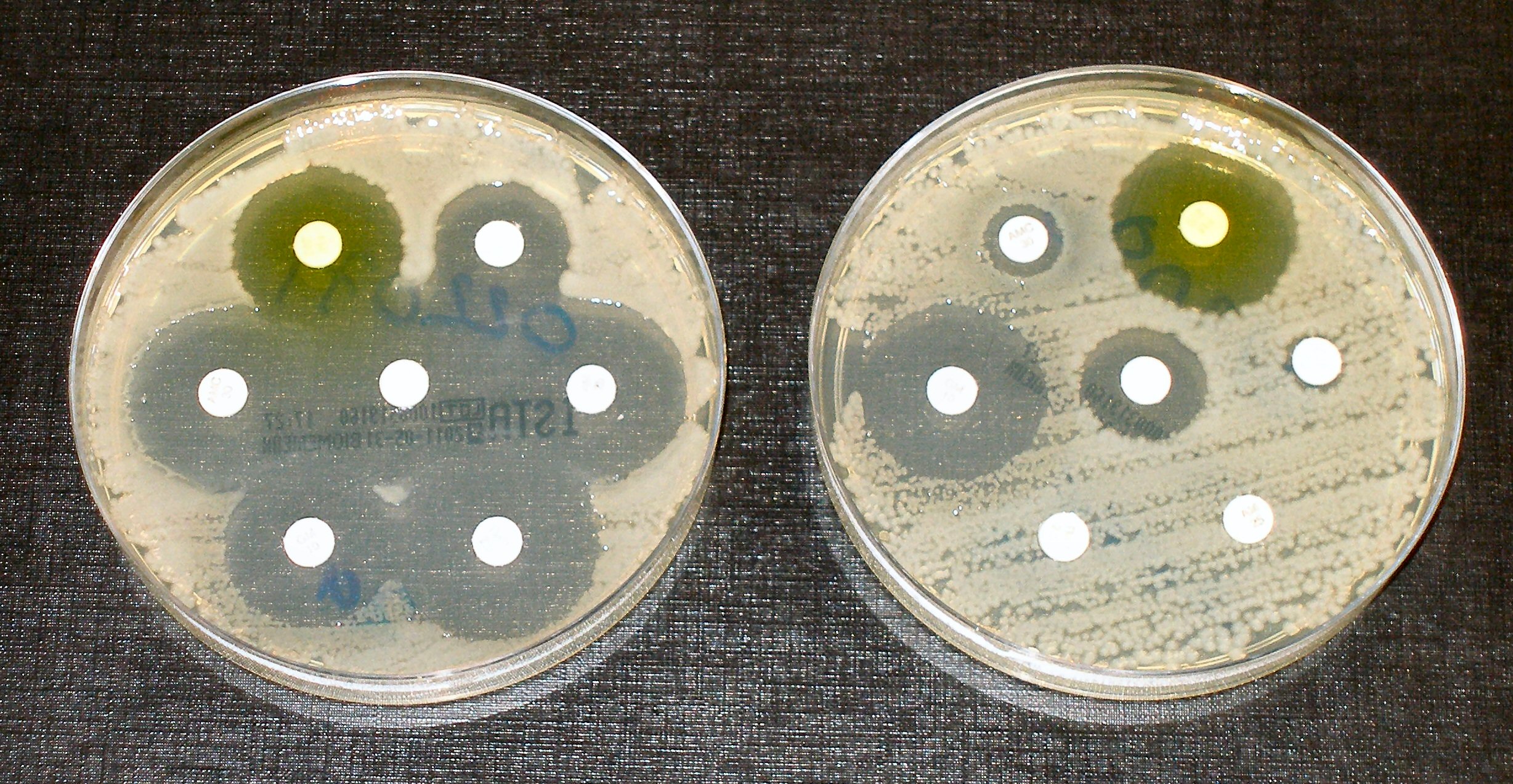
November 8, 2018, by Brigitte Nerlich
Investigating the public’s role in AMR – as represented in the UK news media
Today, 8 November 2018, I read the following headline in The Guardian: “Rise of antibiotic resistant bugs ‘could lead to 90,000 death'” (Online version: “Antibiotic resistant superbugs ‘will kill 90,000 Britons by 2050’“). Not: “Adopting simple measures can help to prevent 90,000 deaths from antibiotic resistant infections”…. Why does this matter? Here are some thoughts/findings.
This post, by Luke Collins (now working at the University of Lancaster), was first posted on the AMIS newsletter and is reposted here with permission. The AMIS (Antimicrobials in Society) hub is an online resource, curated by anthropologists at the LSHTM, that brings together research relevant to AMR from across different social science disciplines. The blog post summaries work that Luke carried out with Rusi Jaspal and me, using applied linguistics methods to study media coverage antimicrobial resistance in the UK media. Some background on this project can be found here.
•••
The news media partly shapes how the public understands the complex issue of antimicrobial resistance (AMR), and how they imagine themselves as part of any response. The way the news is written is therefore a significant area of study.
The news media, then, contributes to what we call a discourse of antimicrobial resistance (AMR). Discourses can be thought of as the accumulation of language choices we all make when we discuss a topic. Or, in other words, as the patterns we establish in how we define and represent an issue. For instance, the following sentences provide, in principle, the same information:
- In the UK, at least 12, 000 people die from antibiotic-resistant bugs each year.
- Antibiotic-resistant bugs kill at least 12 000 people in the UK each year.
In the first example, the grammatical Subject of the sentence is ‘at least 12, 000 people’; in the second example the grammatical Subject is ‘Antibiotic-resistant bugs’. These differing subjects demonstrate how we can choose to focus on different aspects of the issue, as well as how different agents (‘people’ or ‘bugs’) are represented. The grammatical Subject of the sentence is typically the most prominent part of the sentence and so references to people in other positions in the sentence – or leaving them out altogether – has the effect of making them less prominent.
To explore the discourse of AMR in the news media, we surveyed a database of U.K. news articles from the beginning of 2010 to the end of 2015, looking for articles that discussed ‘antibiotic resistance’, ‘antimicrobial resistance’ and ‘superbug(s)’. Across these 627 articles, we looked at who or what was the grammatical Subject of each sentence, as well as how it was discussed in relation to other agents. This showed that the discourse of AMR in this collection focused on particular groups of agents.
Antibiotics were the most commonly referred to Subject and were often reported as ‘losing their effectiveness’ and ‘becoming increasingly less effective’. While this captures the core part of the news(worthy) event, it is ‘antibiotics’ that are reported as having agency, suggesting that is the drugs that are responsible. The infections that the antibiotics are prescribed to treat (‘superbugs’, ‘infections’, ‘bacteria’) were also reported as agentive: they’ve ‘stop[ped] responding to antibiotics’ and instead are ‘becoming resistant’, ‘adapting’, even ‘evading’ antibiotics. This is common in illness discourse, where diseases, infections etc. are often represented as malevolent beings who are ‘out to get us’, as if they have their own consciousness.
Readers, and members of the public more broadly, were typically depicted as ‘patients’ and somewhat victimised in that they ‘could be exposed to antibiotics needlessly’. Furthermore, medical professionals were depicted as somewhat reckless, for ‘dishing out’ or ‘doling out’ antibiotics. The data provided examples such as ‘Many GPs feel under pressure to prescribe antibiotics’ without identifying where this pressure is coming from. In this instance, the agentive role of the GPs is reasonably clear, but the patient’s role in this is not made explicit.
Farmers and the food industry were largely under-represented in the data, despite statistics such as ‘80% of all antibiotics are used on farm animals’. When famers were mentioned, the degree of responsibility they might hold was downplayed, as in the example, ‘farmers are squeezed by supermarkets and forced to use antibiotics excessively’. In this instance, farmers are represented as having little or no choice in the matter and the blame seems to lie with ‘supermarkets’. There was the occasional reference to food outlets, for example ‘McDonalds has pledged to eliminate chickens fed on human antibiotics’. However, the actions associated with this group are to do with making promises (‘pledge’), rather than making practical changes. What is not referred to here is the public’s role as customers of McDonald’s and consumers of chicken, for example.
Examining the discourse of AMR can offer insights into how different groups in society come to understand their roles and responsibilities in managing AMR. By looking at the news media on a large scale, we can see how those roles are presented to the public and how language and framing choices build to establish patterns that shape our view of the issue.
To read more about this work, see the full article.
***
We hope that other scholars will continue to monitor media reporting on antibiotics, AMR, antibiotic resistant infections and so on. We also hope some policy and media people might want to change their language, or, at least, think about it a bit more…..
No comments yet, fill out a comment to be the first

Leave a Reply